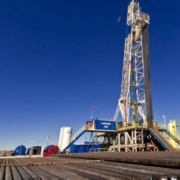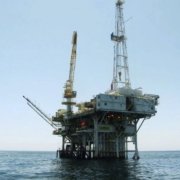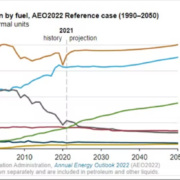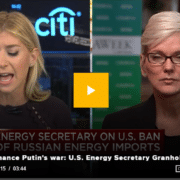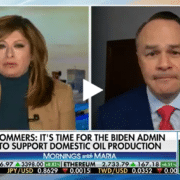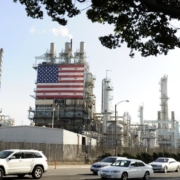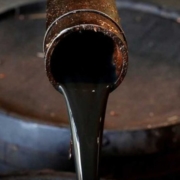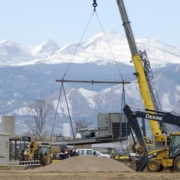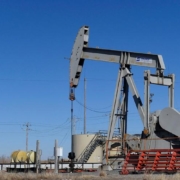Crude U.S oil production in the United States grew faster during the first quarter of the year. The Dallas Fed reported in its quarterly industry survey, noting that costs also increased.
Price sentiment in the industry was guardedly bullish. It is with a majority of respondents in the survey expect West Texas Intermediate to end in 2022. Projection is at between $80 and $90 per barrel. A much smaller portion—about 5 percent—expected WTI to end 2022 at between $110 and $120. Interestingly, a bigger portion of respondents believed the U.S. benchmark could end the year at more than $120 per barrel.
Another interesting outtake from the survey is the biggest portion of respondents in the survey, at 41 percent, believe a WTI price of between $80 and $100 is sufficient for more producers to switch to production growth mode. While the Dallas Fed’s own data supports this, based on reactions from the Biden administration, production has not been growing anywhere near fast enough.
However, it’s worth noting that about 30 percent of the respondents in the survey said that production growth plans were not dependent on oil prices. According to 59 percent, the main reason for production restraint was investor pressure to maintain capital discipline.
Click here to read the full article
Source: Oil Price
If you have further questions about the topic of U.S oil production, feel free to contact us here.

